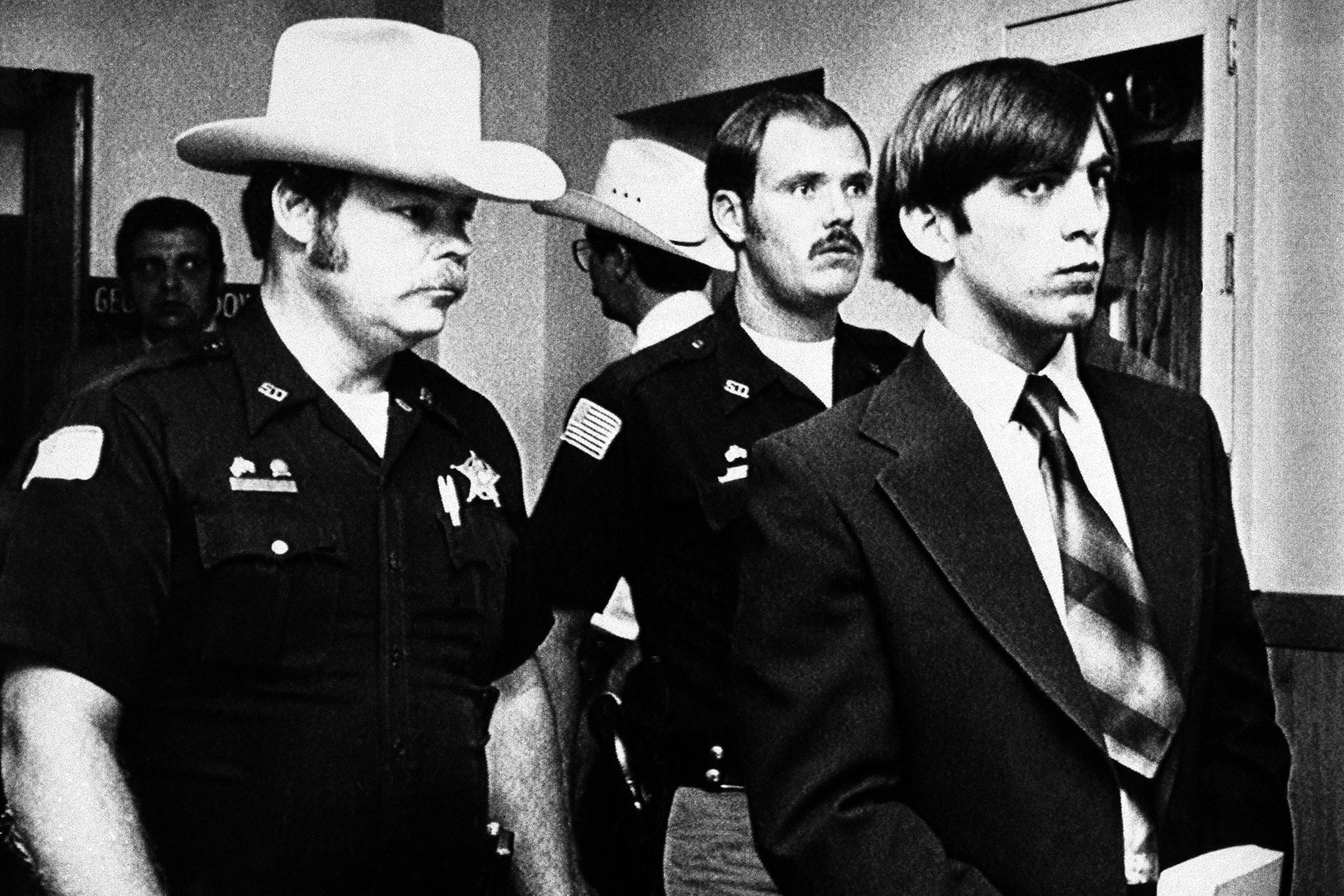Create a free profile to get unlimited access to exclusive videos, breaking news, sweepstakes, and more!
What Was Johnny Frank Garrett More Afraid Of Than Being Executed For Nun's Rape And Murder?
Forensic psychiatrist Dr. Dorothy Lewis believes that Johnny Frank Garrett, who was sentenced to death for the 1981 rape and murder of Sister Tadea Benz in Texas, had a deeper fear than the death penalty.

A Texas man on death row for the killing of a nun as a teenager feared the revelation of a dark personal secret even more than his impending execution — the fact that he'd been sexually abused as a child, according to psychiatrist who believes the personal trauma he allegedly experienced resulted in a personality disorder.
Johnny Frank Garrett was convicted for the rape and murder of 76-year-old Sister Tadea Benz at the St. Francis Convent in Amarillo, Texas on Halloween in 1981, according to court documents. He was 17 at the time of the murder. As forensic psychiatrist Dr. Dorothy Lewis said in the new HBO documentary “Crazy, Not Insane,” Garrett was no “arch-criminal” — he left fingerprints and knives all over the convent and was also seen running from the scene on the night of the murder. Still, Garrett maintained until his 1992 execution that he was innocent.
Lewis interviewed and analyzed Garrett while doing a study on 14 juveniles who’d been sentenced to death. Lewis was one of the first forensic psychiatrists to publicly — and at times aggressively —put forth the theory that murderers were made, and not born, and that they were the products of abuse and brain damage rather than being vessels of inherent evil.
Lewis also studied dissociative identity disorder, formerly known as multiple personality disorder. She became an expert defense witness during the trials of several high-profile accused killers, testifying about her controversial belief that some killers are driven to murder by alternate personalities.
At first, Lewis says she believed that Garrett was schizophrenic, had brain damage and that he was deeply sick and psychotic. But when she saw him in a television interview speaking about how his dead aunt Barbara spoke with him in his prison cell, her view of him altered. She began to believe that he had multiple personalities. Lewis flew down to Texas to analyze the convicted killer in an attempt to spare him from execution.
“Texas was about to execute a crazy man for an act committed as a crazy boy,” she wrote in her notes, which are included in the documentary.
As a clemency hearing loomed, Lewis interviewed Garrett again. In these interviews, included in the documentary, he spoke of his apparent alternate personality, Aaron Shockman, who he said formed after he was beaten up in the fifth grade and after he was allegedly sexually abused in the creation of child pornography.
He seemed to fear that footage seeing the light of day, according to Lewis.
“Johnny was more terrified of being recognized in the pornographic films he had made as a child than he was of his impending execution,” she wrote in her notes.
Part of the reason Garrett wasn't scared of his impending death was the fact that his supposed alter personality — his aunt Barbara — kept insisting that she would save him from being executed.
Roman Catholic bishops in Texas, who opposed the death penalty, tried to halt the execution. They seemingly sided with at least some of Lewis’ assessments.
“In the case of Johnny Frank Garrett, we believe that the courts should take into consideration not only the fact that he was a juvenile at the time of the crime but also that there is evidence, not admitted in the previous court proceedings, that he had suffered brain damage, was abused as a child and was addicted to drugs,” they wrote in a 1992 statement. “He is now diagnosed as chronically psychotic.”
Lewis testified before a clemency board that Garrett was not fit for execution and footage supposedly showing Garrett's multiple personalities was also shown. His clemency bid was denied, however, and he was executed by lethal injection in 1992 a week later, the New York Times reported. He was 28 at the time of his execution.
Lewis’s theories on multiple personalities were often denounced and even ridiculed throughout her career. During serial killer Arthur Shawcross’s 1990 trial she was deeply criticized after she testified that her belief was that the killer took on an alternate personality named "Bessie" when he committed murder. Renowned forensic psychiatrist Dr. Park Dietz, who consulted for both the FBI and CIA, claimed under oath during Shawcross' trial that he felt Lewis was inviting the accused to play various roles. In “Crazy, Not Insane.," Dietz called the concept of such personalities a “hoax.”
"Crazy, Not Insane" debuts on Nov. 18














